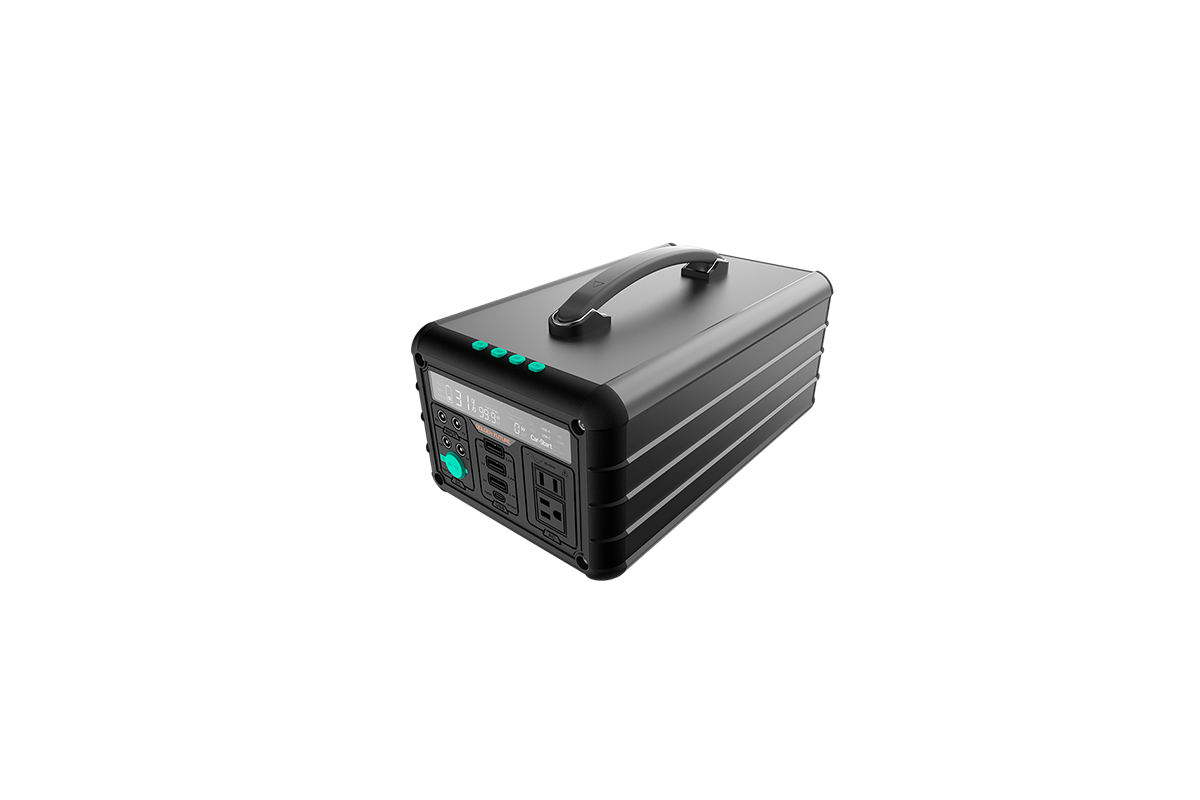

Time:2025-11-07 Views:1

Innovative Battery Management Systems (BMS) represent a paradigm shift in how energy storage devices are monitored, protected, and optimized, addressing the limitations of traditional BMS while unlocking new possibilities for diverse applications. Unlike conventional systems that rely on basic voltage and current sensing, innovative BMS integrate advanced technologies such as artificial intelligence (AI), machine learning (ML), and Internet of Things (IoT) connectivity to deliver unprecedented precision and adaptability.
One of the key innovations is the use of AI-driven state estimation algorithms. Traditional BMS often struggle with accurate State of Charge (SOC) and State of Health (SOH) calculations, especially in dynamic environments where battery conditions change rapidly—such as in electric vehicles (EVs) during high-speed driving or energy storage systems (ESS) during peak load periods. Innovative BMS leverage ML models trained on massive datasets of battery performance to predict SOC with an error margin of less than 2%, a significant improvement over the 5-10% error of conventional systems. These algorithms also analyze historical data to forecast SOH degradation, enabling proactive maintenance and extending battery lifespan by up to 30%.
Another breakthrough is the adoption of wireless and modular architectures. Traditional BMS rely on complex wiring harnesses to connect sensors to a central controller, increasing weight, cost, and the risk of failure—critical issues in EVs and aerospace applications. Innovative wireless BMS use low-power Bluetooth or LoRaWAN protocols to transmit data from individual battery cells to a central unit, reducing wiring weight by 40% and simplifying installation. Modular designs further enhance flexibility: instead of replacing an entire BMS when a component fails, technicians can swap out individual modules, minimizing downtime and maintenance costs. This modularity also allows for easy scaling, making it suitable for both small-scale applications like portable electronics and large-scale ESS used in grid stabilization.
Thermal management is another area where innovation shines. Batteries are highly sensitive to temperature, with performance degrading significantly outside the 20-40°C range. Conventional BMS use basic cooling fans or passive heat sinks, which are inefficient in extreme conditions. Innovative BMS integrate active thermal management systems, such as liquid cooling loops with variable-speed pumps or phase-change materials (PCMs) that absorb heat during peak operation. These systems not only maintain optimal temperatures but also adapt to real-time conditions—for example, increasing cooling output when an EV accelerates or reducing it during low-speed driving to save energy. In ESS applications, this adaptability ensures that batteries remain stable even during prolonged high-load periods, preventing thermal runaway and enhancing safety.
Innovative BMS also excel in integration with renewable energy systems. As the world shifts to solar and wind power, the need for efficient energy storage and management becomes critical. These systems can communicate seamlessly with solar inverters and grid infrastructure, optimizing energy flow between renewable sources, batteries, and the grid. For instance, during periods of high solar irradiance, an innovative BMS can prioritize charging the battery while directing excess energy to the grid; during power outages, it can switch the battery to backup mode instantaneously, ensuring uninterrupted power supply. This level of integration not only maximizes the use of renewable energy but also reduces reliance on fossil fuels, supporting global carbon reduction goals.
Finally, cybersecurity is a key focus of innovative BMS. With the rise of connected energy systems, the risk of cyberattacks—such as unauthorized access to battery data or malicious manipulation of charging/discharging cycles—increases. Advanced BMS incorporate end-to-end encryption, multi-factor authentication, and intrusion detection systems to protect against these threats. For example, some systems use blockchain technology to create a tamper-proof ledger of battery transactions, ensuring data integrity and preventing fraud. This focus on cybersecurity is essential for building trust in energy storage systems, especially in critical applications like grid-scale ESS or military equipment.
In summary, innovative BMS are transforming the energy storage landscape by combining advanced algorithms, wireless connectivity, active thermal management, and robust cybersecurity. Their ability to adapt to dynamic conditions, integrate with renewable energy, and enhance safety makes them indispensable for the future of sustainable energy.
Read recommendations:
Chemical Energy Storage Batteries in Home Energy Storage Applications